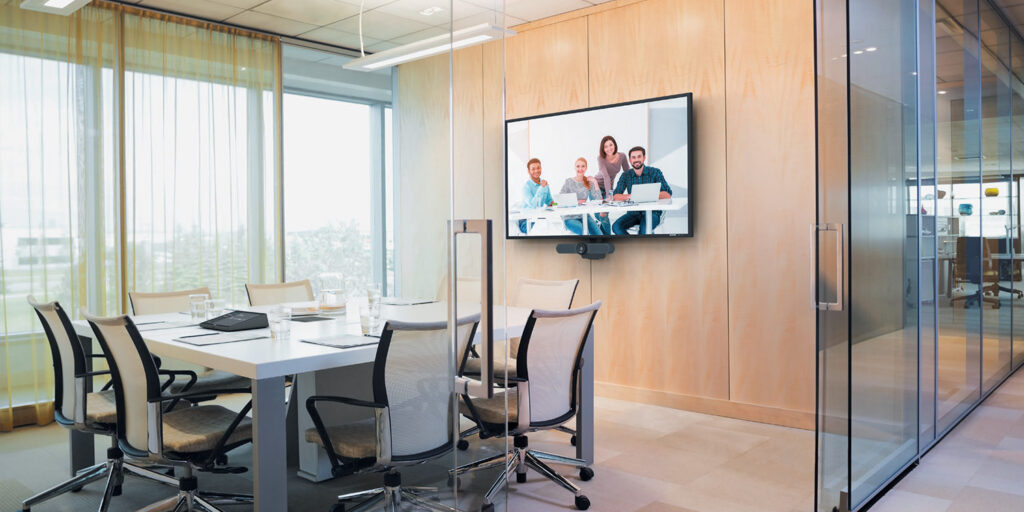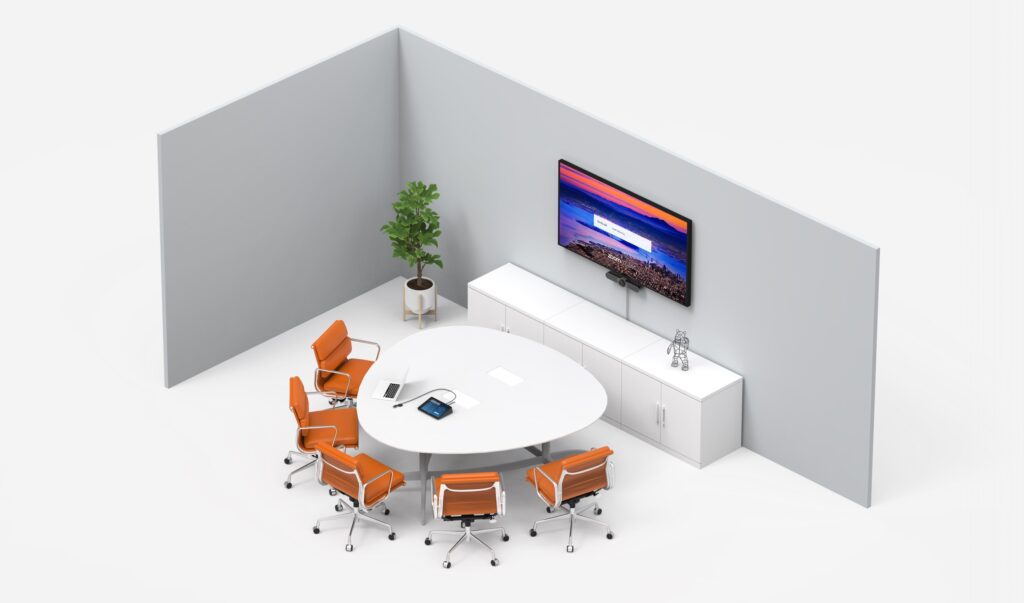
Just over 10 years ago, AV systems at Ford were complex and required a great deal of expertise to install and maintain. The system diagrams had to account for all of the sources, midpoints, and destinations, and the audio, video, and control had to be integrated seamlessly. This was a time-consuming and labor-intensive process.
Today, AV systems at Ford Audio-Video are much simpler and easier to install. This is due to the advent of all-in-one video conferencing systems that combine the computer, camera, and speaker into a single unit. These systems can be mounted on the wall and connected to the network with a single cable. This makes installation a quick and easy process that requires no programming expertise.

The shift to all-in-one video conferencing systems has had a number of implications.
- Reduced cost of hardware and implementation
- Easier to monitor and manage AV systems from the cloud
- Opens up the possibility of adding AI features to AV systems
For example, Ford AV is currently working on a project that would use AI to automatically adjust the lighting and acoustics in a meeting room based on the number of people in the room and the type of meeting taking place. This would make it easier for people to collaborate effectively in any environment.

The evolution of AV systems at Ford AV is a clear example of how technology can simplify and improve the way we work. As AV systems become even more sophisticated, we can expect to see even more benefits in terms of cost savings, ease of use, and functionality.
Overall, the new AV systems offer a number of advantages over the traditional systems. They are more cost-effective, easier to install, and can be managed from the cloud. They also offer the potential for new AI features that improves their functionality.
